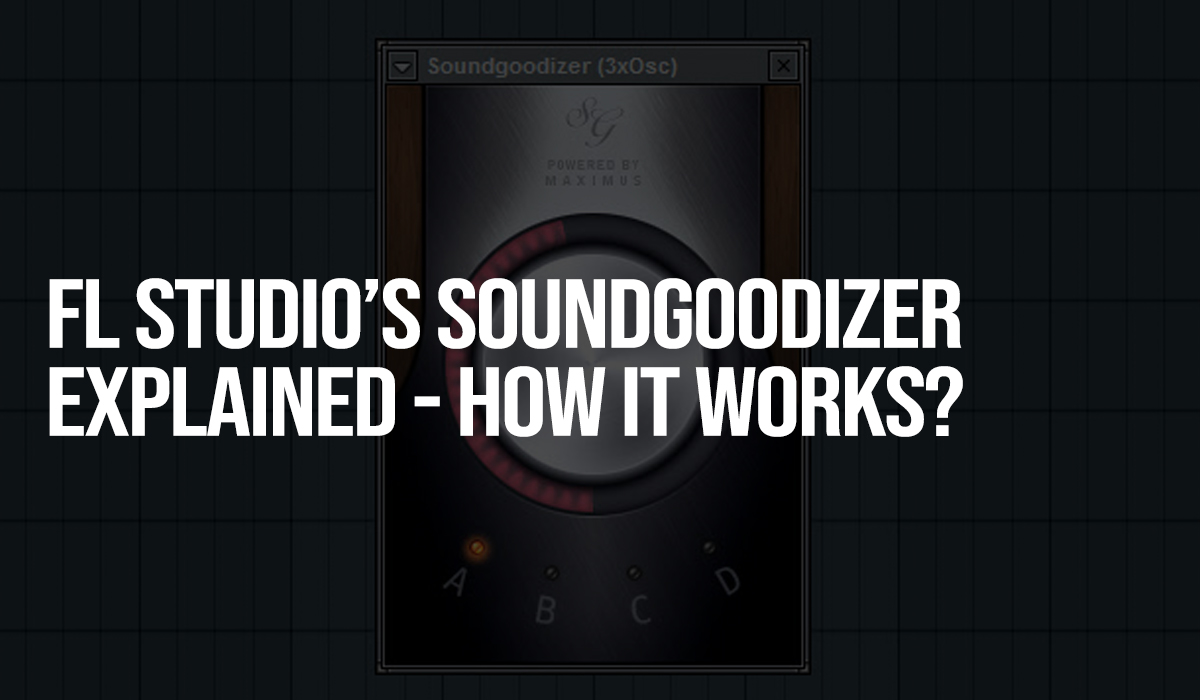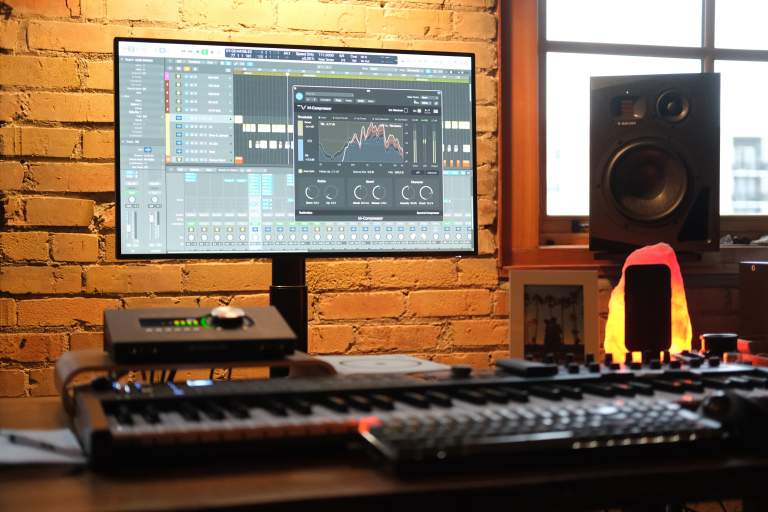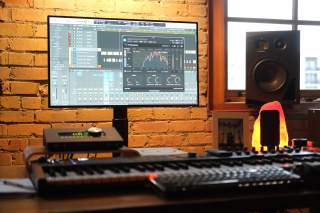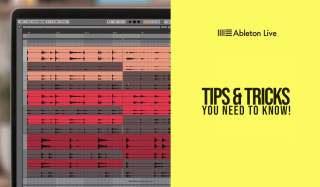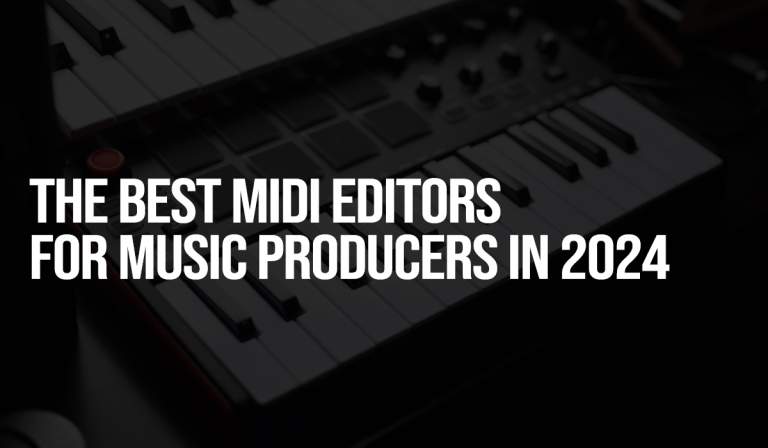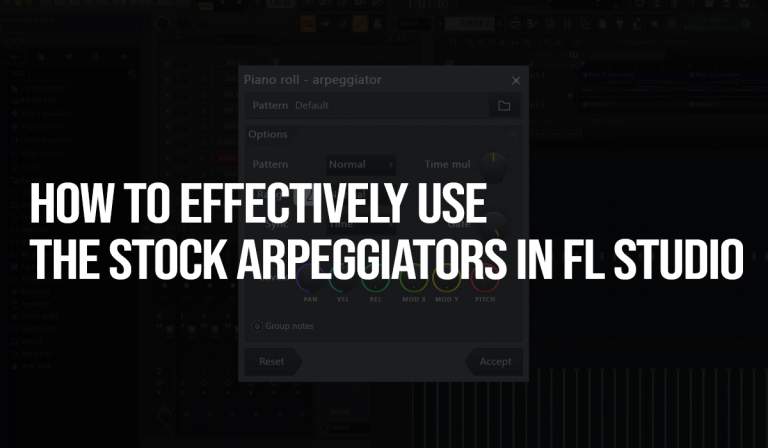Soundgoodizer is a simple, one-knob plugin designed to enhance your individual tracks. Here’s a detailed look at how it operates and what it can do for your music.
Overview – What is a FL Studio’s Soundgoodizer?
At the top of Soundgoodizer, you’ll see “Powered By Maximus.” Maximus is a multiband processor used for mastering or mixing individual tracks and busses. The same Soundgoodizer presets—A, B, C, and D—are available in Maximus, offering more insight into Soundgoodizer’s functions. Essentially, Soundgoodizer combines compression, limiting, saturation, and stereo manipulation, simplifying these controls into one wet/dry knob within four presets.
Preset Details
Preset A has a 3 band-split divided into lows, mids and high frequencies. You’ll hear an immediate enhancement in the mids and highs because the leveling of this preset lowers the low frequencies and increases the other two bands, with the high band being increased the most.
However, you still may hear an enhancement in the low end because the stereo width is completely collapsed to mono, which can tighten up things like sub, bass, 808s and kick drums. The mid-range is actually slightly spread out into the stereo field, while the highs are left as is. Both the low and high band have some saturation, which will add more harmonics, giving the sense of more fullness to the sound. Plus, each band has slight compression with the high and low band utilizing the limiting function in Maximus.
Keep in mind, the more you drive the signal into the plugin with overall volume, the more you’ll saturate and compress the sound. Use the volume knob in the channel rack or insert a plugin with volume control, like Fruity Balance or Fruity Panomatic, ahead of Soundgoodizer to adjust those levels. The overall “master” control in this preset has additional saturation and compression over all three bands.
Use the main knob in Soundgoodizer to balance between the original sound with the effects of Soundgoodizer. Out of all of the presets, this is probably the only one I would consider putting on a bus track or possibly fitting into a slot in the middle of your mastering chain. It’s still probably best to use only on individual tracks, but feel free to experiment!
Preset A
- Frequency Bands: Three bands (lows, mids, highs)
- Enhancement: Increases mids and highs, lowers lows
- Stereo Field: Lows collapsed to mono, mids slightly spread, highs unchanged
- Effects: Saturation and compression on low and high bands
- Usage: Good for sub-bass, 808s, and kick drums. Suitable for individual tracks or potentially a bus track/mid-mastering chain.
Preset B mainly utilizes the saturation and stereo field controls. The individual bands don’t use compression or limiting, but the overall “master” setting has slight compression and saturation, again depending on how hard you drive the signal into Soundgoodizer. The low band isn’t completely merged to mono, but is less stereo and the mid-band is slightly stereoized, while the high band is left alone, just like in preset A. So you might not notice as much stereo enhancement than you did in preset A. For the most part, you’ll hear extreme saturation/distortion in the lows and highs with this preset. This preset could work well on synth sounds that need more warmth or grit to the sound.
Preset B
- Focus: Saturation and stereo field control
- Compression/Limiting: Minimal on individual bands; slight compression and saturation on master
- Stereo Field: Lows less stereo, mids slightly stereoized, highs unchanged
- Effects: Noticeable saturation/distortion in lows and highs
Preset C reintroduces compression with all three bands and includes the same limiting in the lows and highs as Preset A. It also shares the same type of stereo field settings as Preset A, just slightly less mono in the low end, which may not be noticeable compared to Preset B. The biggest difference is the there is a dramatic increase in overall levels of all 3 bands with the mid-range being the most prominent. There is some compression on the “master” setting. This could work well with pianos, strings, or guitars. Just be careful with the leveling, both going in and out of the plugin.
Preset C
- Compression: Reintroduced on all three bands
- Limiting: Similar to Preset A
- Stereo Field: Similar to Preset A, slightly less mono in low end
- Leveling: Higher overall levels, with prominent mid-range
- Usage: Suitable for pianos, strings, or guitars. Careful leveling required.
Preset D has no split bands. It’s basically just a compressor that goes into a master limiter. There is no stereo manipulation and no saturation being utilized. This setting could be used to simply control the dynamics of any track. Again, be careful with the volume going in and out of this preset.
Preset D
- Bands: No split bands
- Effects: Compression into a master limiter, no stereo manipulation or saturation
- Usage: For controlling dynamics of any track.
Usage Tips
- Volume Control: The more you drive the signal into Soundgoodizer, the more it saturates and compresses the sound. Use the volume knob in the channel rack or a plugin like Fruity Balance or Fruity Panomatic ahead of Soundgoodizer to adjust levels.
- Mastering: For mastering purposes, use Maximus instead of Soundgoodizer to access the same presets with more control.
- Experimentation: Test each preset on different sounds to understand their capabilities and find the best fit for your tracks.
Conclusion
Overall, this plugin is a quick way to enhance a wide variety of tracks. If you’re wanting to use it for mastering, I recommend using Maximus instead, even if you’re wanting to use one of these presets. By loading up the same preset inside of Maximus, you’ll have more control over what you’re trying to achieve in your overall sound. Otherwise, test each of the presets on different types of sounds to really get a feel for what each is capable of.




